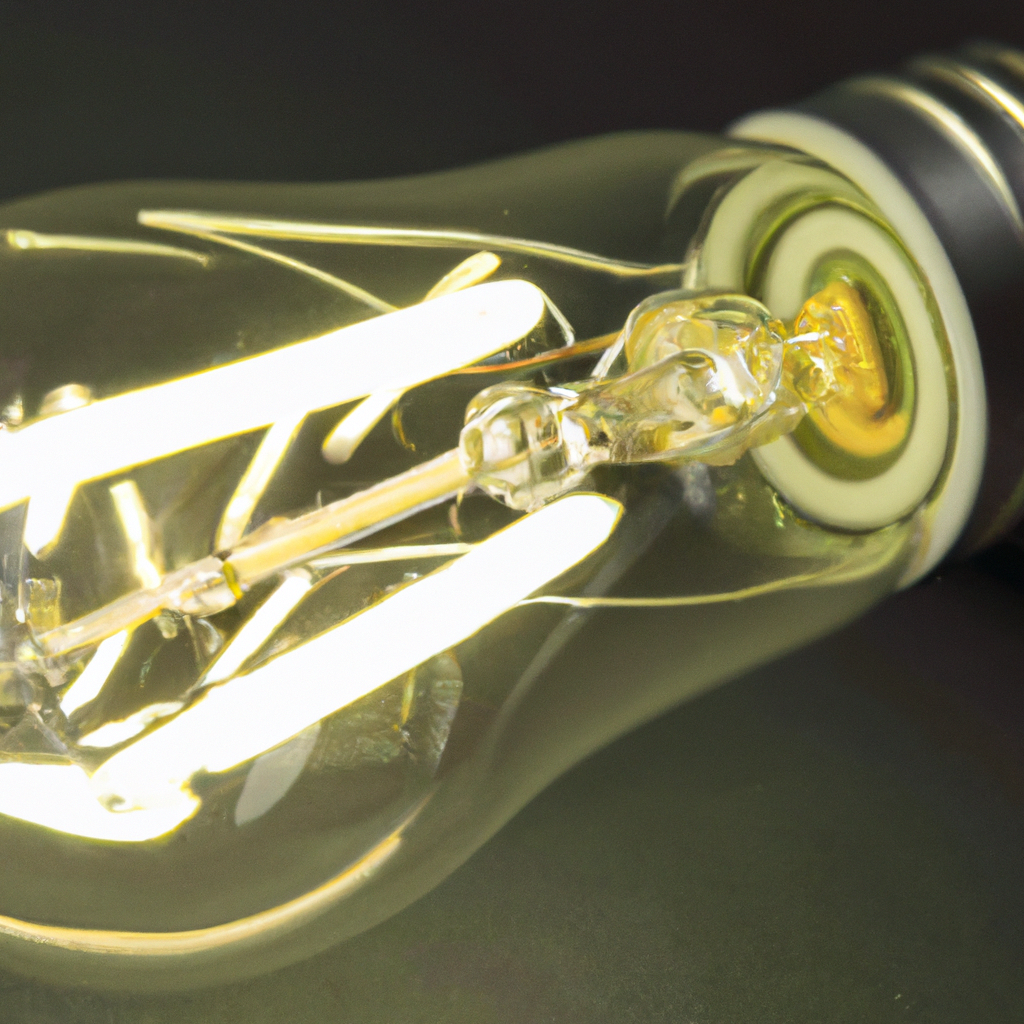LED lights have become increasingly popular over the years, and for good reasons. They are energy-efficient and environmentally friendly. But how do LED lights work? In this article, we will explore the working of LED lights, LED bulbs, LED technology, LED lighting systems, energy-efficient lighting, and LED light fixtures.
Understanding LED Lights
LED stands for Light Emitting Diode. It is a semiconductor device that emits light when an electric current passes through it. Unlike traditional light bulbs that use a filament to produce light, LED lights use a small chip that emits light when electrons move through it.
LED lights are available in different colors, including red, green, blue, and white. The color of the LED depends on the material used to make the chip. For instance, red LEDs are made of aluminum gallium arsenide, while blue LEDs are made of gallium nitride.
Working of LED Lights
The working of LED lights is based on a scientific principle called electroluminescence. When an electric current is passed through a semiconductor material, it excites the electrons, causing them to move from a lower energy level to a higher energy level. As they move, they release energy in the form of photons or light.
The LED chip is made up of layers of semiconductor material, including p-type and n-type materials. The p-type material has positively charged holes, while the n-type material has negatively charged electrons. When the two materials are brought together, a junction is formed, which is where the magic happens.
When a voltage is applied to the LED, the electrons in the n-type material move towards the p-type material, and the holes in the p-type material move towards the n-type material. As they meet at the junction, the electrons and holes combine, releasing energy in the form of light. The color of the light depends on the type of semiconductor material used to make the LED.
LED Bulbs
LED bulbs are designed to replace traditional incandescent and fluorescent bulbs. They are more energy-efficient and last longer than traditional bulbs. LED bulbs use less energy to produce the same amount of light as traditional bulbs, making them a cost-effective alternative.
LED bulbs work by having an LED chip attached to a circuit board. The circuit board is connected to a power source, which supplies the electric current needed to light up the LED. The LED is then covered by a diffuser or lens, which helps to distribute the light evenly.
LED Technology
LED technology has come a long way since its invention in the 1960s. The first LED was made of gallium arsenide, and it emitted red light. Today, LED technology has advanced to the point where LEDs can produce white light, which makes them suitable for use in lighting applications.
The advancements in LED technology have led to the development of energy-efficient lighting systems, including LED lighting systems. LED lighting systems are designed to provide high-quality light while using less energy than traditional lighting systems. They are also more durable and require less maintenance than traditional lighting systems.
LED Lighting Systems
LED lighting systems consist of LED bulbs, drivers, and controllers. The driver is used to regulate the amount of current that flows through the LED, while the controller is used to control the color and brightness of the LED.
LED lighting systems are available in different types, including linear and spot lighting. Linear LED lighting systems are used for general lighting, while spot lighting is used for accent lighting. LED lighting systems are suitable for use in homes, offices, and commercial buildings.
Energy-Efficient Lighting
LED lights are energy-efficient, making them a cost-effective alternative to traditional lighting systems. LED lights use less energy to produce the same amount of light as traditional bulbs, which makes them suitable for use in environments where energy consumption is a concern.
LED Light Fixtures
LED light fixtures are designed to hold LED bulbs and provide a housing for them. They are available in different types, including recessed, track, and pendant lighting. LED light fixtures are suitable for use in homes, offices, and commercial buildings.
Conclusion
LED lights are the future of lighting systems. They are energy-efficient, cost-effective, and environmentally friendly. Understanding how they work is important for anyone looking to upgrade their lighting systems. LED technology has come a long way since its invention, and it will only continue to improve with time. LED lighting systems are suitable for use in homes, offices, and commercial buildings, making them a versatile option for anyone looking to upgrade their lighting systems.







